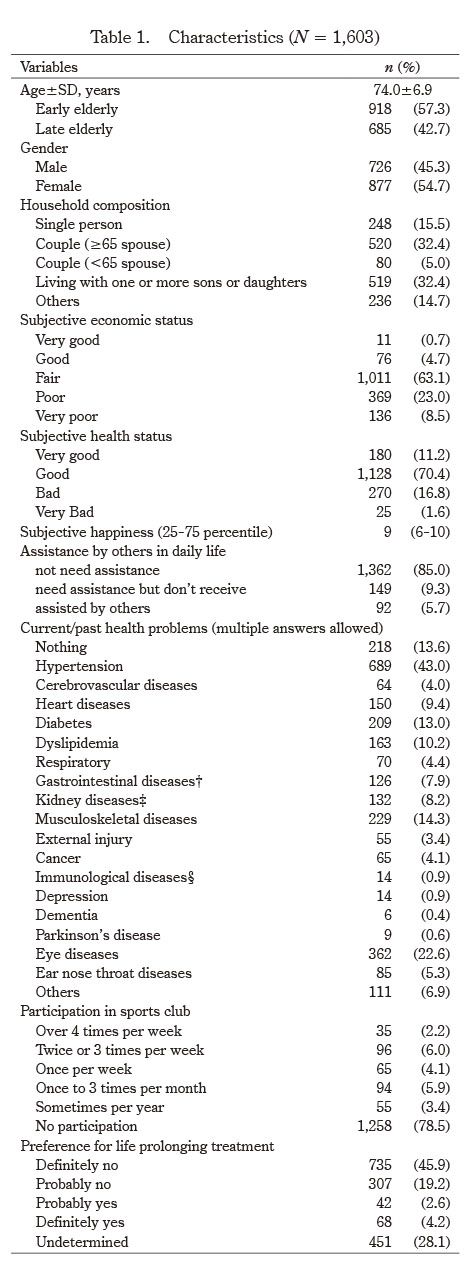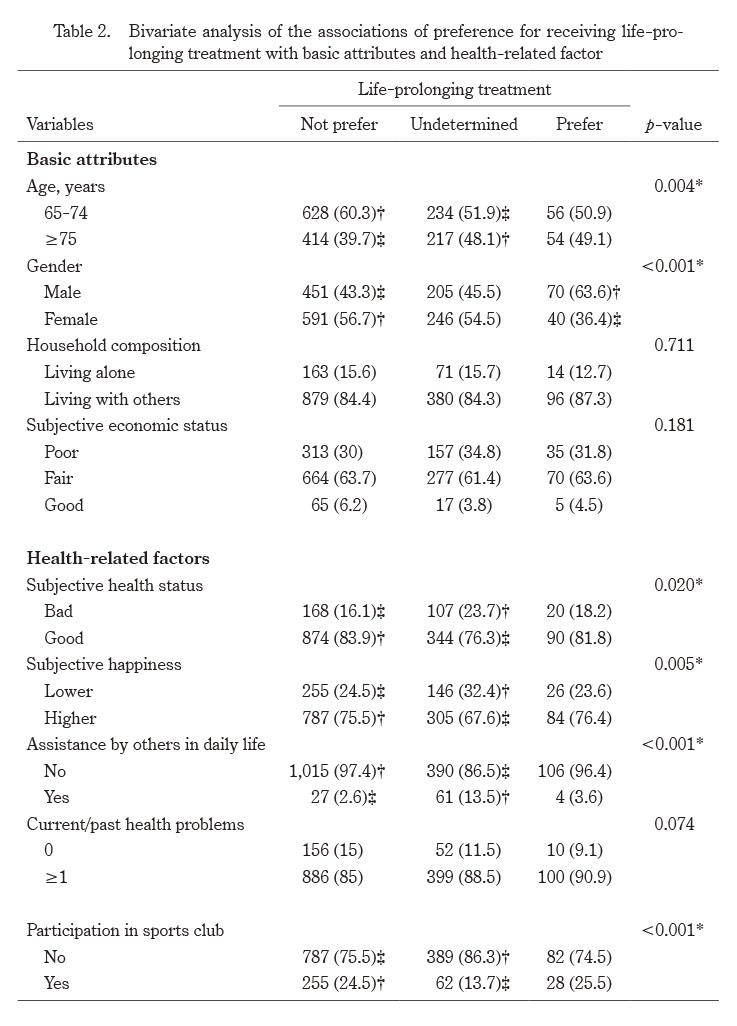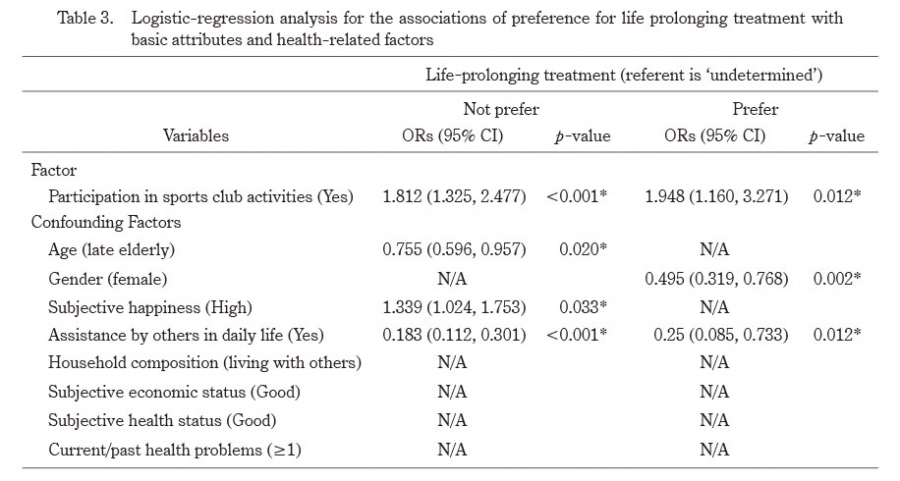1. Norwegian Directorate of Health. Decision-making processes in the limitation of life-prolonging treatment, https://helsedirektoratet.no/Lists/Publikasjoner/Attachments/67/IS-2091-Beslutningsprosesser-ved-begrensning-av-livsforlengende-behandling.pdf. [Accessed 11 July 2021].
2. van der Heide A, Deliens L, Faisst K, et al. End-of-life decision-making in six European countries: descriptive study. Lancet, 362:345-350, 2003.
3. Shanley C, Fetherstonhaugh D, McAuliffe L, Bauer M, Beattie E. Providing support to surrogate decision-makers for people living with dementia: Healthcare professional, organisational and community responsibilities. Health Soc Care Community, 25:1563-1570, 2017.
4. Martins Pereira S, Fradique E, Hernández-Marrero P. End-of-Life Decision Making in Palliative Care and Recommendations of the Council of Europe: Qualitative Secondary Analysis of Interviews and Observation Field Notes. J Palliat Med, 21:604-605, 2018.
5. Kwak J, Haley WE. Current Research Findings on End-of-Life Decision Making Among Racially or Ethnically Diverse Groups. Gerontologist, 45:634-641, 2005.
6. Haidet P, Hamel MB, Davis RB, et al. Outcomes, preferences for resuscitation, and physician-patient communication among patients with metastatic colorectal cancer:SUPPORT Investigators. Study to Understand Prognoses and Preferences for Outcomes and Risks of Treatments. Am J Med, 105:222-229, 1998.
7. Phillips RS, Wenger NS, Teno J, et al. Choices of seriously ill patients about cardiopulmonary resuscitation: correlates and outcomes. SUPPORT Investigators. Study to Understand Prognoses and Preferences for Outcomes and Risks of Treatments. Am J Med, 100:128-137, 1996.
8. Nilsson ME, Maciejewski PK, Zhang B, et al. Mental health, treatment preferences, advance care planning, location, and quality of death in advanced cancer patients with dependent children. Cancer, 115:399-409, 2009.
9. Hidaka T, Endo S, Kasuga H, et al. Disparity in pre-emptive end-of-life conversation experience caused by subjective economic status among general Japanese elderly people: a cross-sectional study with stratified random sampling. BMJ Open, 9(10): e031681, 2019.
10. Winter L, Parker B. Current health and preferences for life-prolonging treatments: An application of prospect theory to end-of-life decision making. Soc Sci Med, 65:1695-1707, 2007.
11. Lambert AS, Elton J. Contradictions and Promise for End-of-Life Communication among Family and Friends: Death over Dinner Conversations. Behav Sci (Basel), 7:E24, 2017.
12. Tomioka K, Kurumatani N, Hosoi H. Positive and negative influences of social participation on physical and mental health among community-dwelling elderly aged 65-70 years: a cross-sectional study in Japan. BMC Geriatr, 19; 17(1):111, 2017.
13. Schmidt A, Jung J, Ernstmann N, et al. The association between active participation in a sports club, physical activity and social network on the development of lung cancer in smokers: a case-control study. BMC Res Notes, 5:2, 2012.
14. Ministry of Economy, Trade and Industry of Japan. Analysis of All Industrial Activities:The Fourth Quarter of 2014 (Review of the year 2014), (in Japanese) https://www.meti.go.jp/statistics/toppage/report/bunseki/pdf/h26/h4a1502j.pdf. [Accessed July 11 2021].
15. Silveira MJ, Kim SYH, Langa KM. Advance directives and outcomes of surrogate decision making before death. N Engl J Med, 362:1211-1218, 2010.
16. Hirakawa Y, Chiang C, Hilawe EH, Aoyama A. Content of advance care planning among Japanese elderly people living at home:A qualitative study. Arch Gerontol Geriatr, 70:162-168, 2017.
17. Caillet P, Canoui-Poitrine F, Vouriot J, et al. Comprehensive geriatric assessment in the decision-making process in elderly patients with cancer: ELCAPA study. J Clin Oncol, 29:3636-3642, 2011.
18. Phillips RS, Wenger NS, Teno J, et al. Choices of seriously ill patients about cardiopulmonary resuscitation: correlates and outcomes. SUPPORT Investigators. Study to Understand Prognoses and Preferences for Outcomes and Risks of Treatments. Am J Med, 100:128-137, 1996.
19. Seale C, Ziebland S, Charteris-Black J. Gender, cancer experience and internet use:A comparative keyword analysis of interviews and online cancer support groups. Soc Sci Med, 62:2577-2590, 2006.
20. Arbera S, Vandrevalab T, Daly T, Hampson S. Understanding gender differences in older people’s attitudes towards life-prolonging medical technologies. J Aging Stud, 22:366-375, 2008.
21. Spinhoven P, Elzinga BM, Giltay E, Penninx BWJH. Anxious or depressed and still happy? PLoS One, 10:e0139912, 2015.
22. Schiffrin HH, Nelson SK. Stressed and happy? Investigating the relationship between Happiness and perceived stress. J Happiness Stud, 11:33-39, 2010.
23. Solomon LJ, Rothblum ED. Academic procrastination: frequency and cognitive-behavioral correlates. J Couns Psychol, 31:503-509, 1984.
24. Lay CH. At last, my research article on procrastination. J Res Pers, 20:474-495, 1986.



